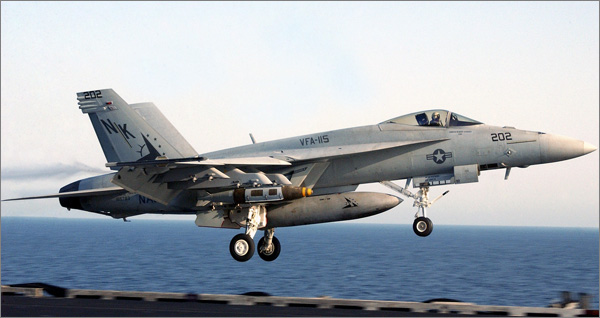I’ve read so much about the Telstra break-up this week, and written and spoken about it so much, that my brain’s still fizzing. But here’s one thing: I predicted this more than a year ago!
On 2 January 2008 I wrote, as part of my Predictions for 2008:
Telstra will be forced to separate its wholesale and retail businesses. Meanwhile the Sol Trujillo-led management team will continue to play nasty with the government, causing them to be increasingly sidelined — especially over the Rudd government’s new broadband rollout.
OK, I got the timing wrong. But it does seem that I was reading the signs correctly.
Looking back at those predictions, I’m saddened to see that former defence minister Brendan Nelson hasn’t been investigated for his role in that deal to buy $6 billion worth of Super Hornet fighter aircraft — even if someone has since pointed me to their potential use in an electronic warfare role — but has instead been made ambassador to the EC, NATO, Belgium and Luxembourg, and special representative to the World Health Organisation.
Not quite the outcome I was after, unless some Eurospook’s going to give the good Dr Nelson a thorough probing in Brussels.
If that happens, I don’t want pictures.
So, I’m updating my 2008 predictions score to 56.25%, which is now a pass instead of a fail. That’s fair, right?
[Photo: Former Telstra CEO Sol Trujillo, courtesy Wikipedia. I’m so thoroughly confused by the implications of the licensing on that image and a recent Creative Commons report on how people define “non-commercial” that I’ll just say this post is licensed by whatever Creative Commons license it needs to be to shut everyone up. FFS write in Plain English, people!]



